Okay, so I’m going to be stuck with a fridge full of moldy food unless I learn this stuff?
Food preservation isn’t just for doomsday preppers and your grandma anymore. In our world of food waste and busy schedules, knowing how to make your food last longer is basically a superpower.
But here’s the thing – food preservation methods aren’t magical. They have specific jobs, and there are plenty of things they absolutely cannot do (no matter what that YouTube video told you).
Let’s dive into what food preservation actually does – and just as importantly – what it definitely doesn’t do.
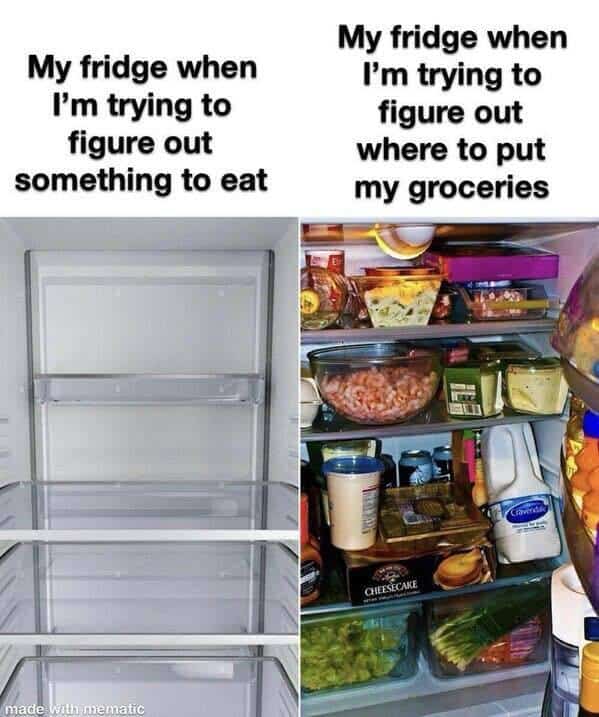
Food Preservation: The Good, The Bad, and The Moldy
What Food Preservation Actually Does

Food preservation methods share some common goals: they prevent spoilage, slow down microbial growth, maintain nutritional quality, and keep your food tasting like well, food.
1. It Stops the Microscopic Zombie Apocalypse
Most preservation methods work by either killing microbes outright or making their lives so miserable they can’t multiply:
- Canning uses heat and airtight sealing to kill microbes and create a bacteria-proof fortress around your food
- Pasteurization heats liquids just enough to kill the bad guys without destroying flavor
- Freezing puts microbes into suspended animation (they’re not dead, just sleeping)
Think of your food like a zombie movie – preservation methods are the weapons that keep the infection from spreading.
2. It Takes Away Water (Microbes Need That Stuff)
Water is basically microbe paradise. Remove it, and they can’t party on your food:
- Dehydrating/Drying sucks moisture out at low heat, making your food a desert wasteland for bacteria
- Sugaring creates an environment so sweet that it literally pulls water out of microbes (death by sugar, basically)
- Salting works similarly but with salt instead of sugar (think: beef jerky)
Without water, microbes can’t grow, enzymes slow way down, and your food stays edible way longer. It’s like depriving the zombies of their brains.
3. It Creates Hostile Living Conditions
Some preservation methods turn your food into the equivalent of an uninhabitable planet:
- Fermentation uses good microbes to produce acids that bad microbes hate (like turning your food into an acid bath)
- Vacuum packing removes oxygen, suffocating aerobic microbes
- Pickling creates an acidic environment where pathogenic bacteria just can’t hang
The trick is making your food inhospitable to microbes but still delicious to you. Talk about picky neighbors!
4. It Locks In What Makes Food Good
Many preservation techniques try to keep nutrients, flavor, color, and texture intact:
- Freeze-drying removes water through sublimation, keeping flavors and nutrients almost perfectly preserved (think astronaut ice cream)
- High-pressure processing (HPP) preserves fresh taste while killing microbes without heat
- Flash freezing maintains cellular structure better than slow freezing, preserving texture
What Food Preservation Does Not Do
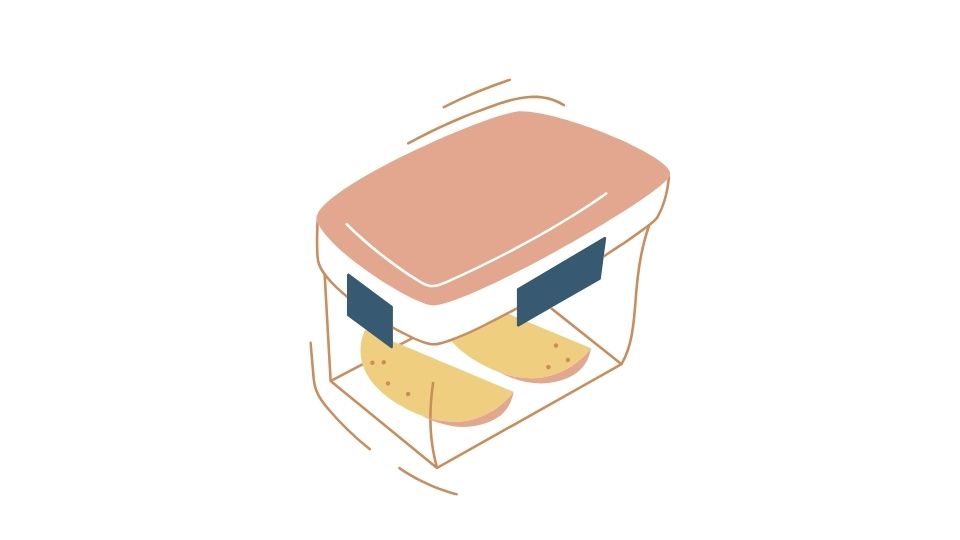
Despite all these impressive capabilities, let’s get real about what food preservation can’t handle:
1. It Can’t Fix Food That’s Already Nasty
If your chicken smells like death before you freeze it, it’s still going to smell like death when you thaw it. Preservation prevents spoilage but doesn’t reverse it.
Think of it like hitting pause on a horror movie – when you hit play again, the killer is still right where they were. Preservation doesn’t rewrite the script, it just pauses it.
2. It Can’t Guarantee Safety If You Do It Wrong
Even the best preservation methods can go horribly wrong if you mess them up:
- Improperly canned foods can grow Clostridium botulinum (the botulism bacteria), which produces a potentially fatal toxin
- Thawed meat left at room temperature becomes a microbe playground
- Cross-contamination during preservation can introduce pathogens
Food preservation is only as good as your technique. It’s like a zombie-killing weapon – pretty useless if you don’t know how to use it.
3. It Doesn’t Tell You Anything About Calories or Nutrition
Preserving food doesn’t magically give you nutritional information. A jar of homemade jam doesn’t come with a nutrition label unless you make one.
For those of us tracking what we eat (hello, summer body goals), preservation itself offers zero help. That’s where meal tracking apps come in to fill the gap.
4. It Can’t Stop Time Completely
Even preserved foods have a shelf life:
- Freezer burn can destroy texture and flavor over time
- Canned foods slowly lose nutrients with extended storage
- Dried foods can become even more dry and brittle
Food preservation slows the clock – it doesn’t stop it entirely. Even zombies eventually decompose (gross, but true).
The Preservation Method Showdown: What Works (And What Doesn’t)
| Method | What It’s Good At | What It Sucks At |
|---|---|---|
| Canning | Kills microbes; creates airtight seal; lasts for years | Can’t fix spoiled food; requires precise technique to avoid botulism |
| Freezing | Pauses microbial growth; preserves nutrients well | Microbes wake up after thawing; texture changes in some foods |
| Drying | Removes water; lightweight; long shelf life | Some foods just taste weird dried; doesn’t kill all microbes |
| Sugaring | Makes delicious jams and preserves; great texture | Everything tastes sweet; basically turns food into candy |
| Salting | Perfect for meat preservation; enhances some flavors | Makes food super salty; not for all food types |
| Fermentation | Creates new flavors; can increase nutrition | Completely transforms food; not everyone likes fermented foods |
| Vacuum Packing | Extends refrigerated shelf life; preserves flavor | Can create dangerous conditions if not handled properly |
How I Actually Use Food Preservation In Real Life
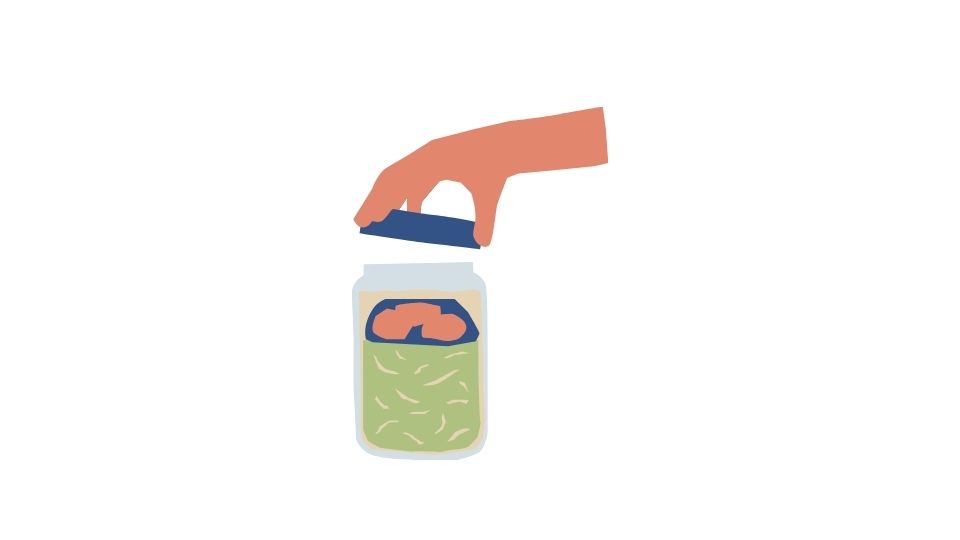
After researching this topic extensively, here’s how I personally approach food preservation:
Freezing: My go-to for most things. I portion meats before freezing so I don’t have to thaw the whole package. I also freeze ripe bananas for smoothies, and homemade soups in single servings for easy lunches.
Quick Pickling: For vegetables that are about to go bad, a quick vinegar pickle buys me a couple extra weeks. Plus, pickled red onions make literally any sandwich taste better.
Proper Storage: Not technically “preservation” but using produce storage containers has doubled the life of my berries and greens.
The biggest lesson I’ve learned? Don’t preserve food you don’t actually like. That jar of homemade sauerkraut isn’t saving you money if it sits in your fridge untouched for 6 months.
In Summary
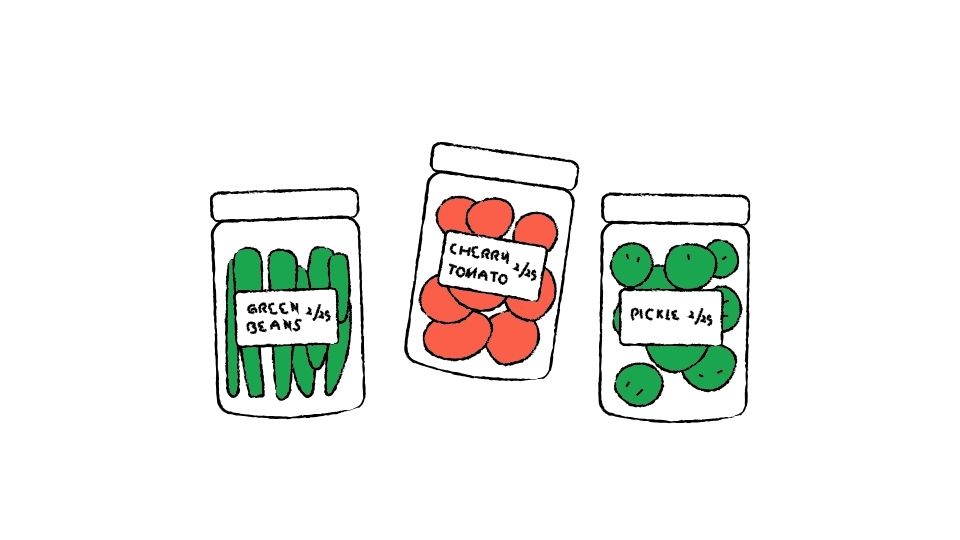
Food preservation is awesome at extending shelf life, preventing waste, and keeping your kitchen stocked with ready-to-eat options. But it’s not magic.
It cannot fix already-spoiled food, guarantee safety with improper techniques, or provide nutritional tracking. Understanding these limitations will help you use preservation methods effectively without poisoning yourself or your loved ones (always a plus).
The most important thing to remember? Food preservation methods aren’t just for apocalypse preppers – they’re practical skills that save money, reduce waste, and might just save your dinner plans when you realize the grocery store is closed and all you have is that mysterious jar of home-canned peaches from last summer.
Just make sure those peaches were canned properly – botulism doesn’t care how hungry you are.



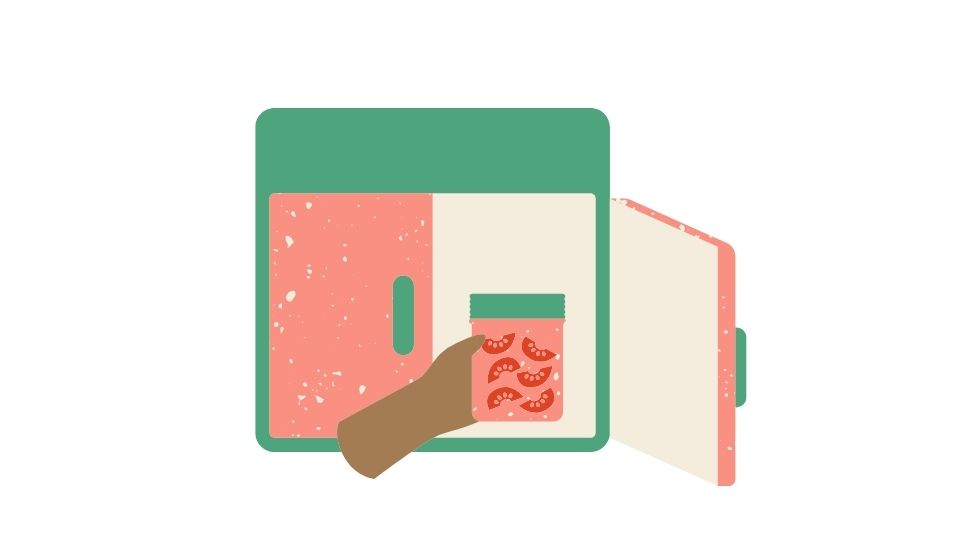
Leave a Reply